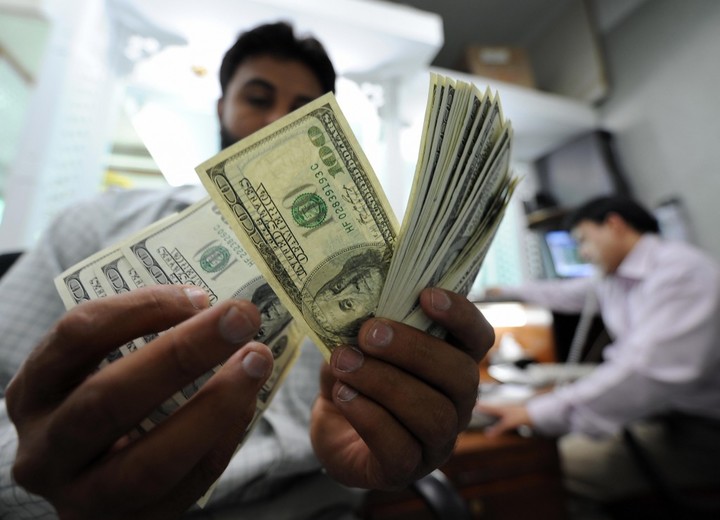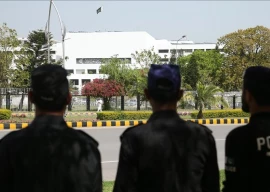
The government’s inability to increase investment as percentage of total size of national economy is probably the biggest failure after it failed to achieve outgoing fiscal year’s gross domestic product (GDP) target of 5.5%.
Per capita income: A Pakistani now makes $1,513 a year
Missing of the targets on savings, investment and GDP growth also puts a question mark over the acclaimed structural reforms introduced under the $6.2 billion International Monetary Fund bailout package.
Pakistan has one of the lowest investment and savings rates in the region and the world, obstructing progress towards a sustainable and inclusive economic growth path.
Slow progress on the China-Pakistan Economic Corridor due to lack of political vision and usual bureaucratic inefficiency also pulled back investments.
Sources said in dollar terms the per capita income has grown by only 2.9% to $1,561 - up $44 in the outgoing fiscal year 2015-16. Despite a marginal increase in per capita income, the country continues to be in the league of low middle-income countries. It needs to enhance per capita income to $4,000 to be labelled a middle-income country.
Pakistan faces Rs3.3 trillion revenue black hole, says IMF
In rupee terms, there was a 5.8% growth in per capita income that increased to Rs162,568.
 DESIGN: NABEEL AHMED
DESIGN: NABEEL AHMED To arrive at the per capita income figure, the Pakistan Bureau of Statistics - the government’s statistical arm - estimated about 2% growth in the country’s population that reached 193.56 million this year. It then divided the total national income with the number of people and arrived at per capita income of $1,561.
In absolute terms, the PBS has estimated addition of about five million people in a single year.
Like the previous year, in the current fiscal year too the federal government has again failed to deliver on the two most critical economic indicators. It missed the targets of investment and savings with wide margins.
The investment-to-GDP ratio slipped to 15.2% against the target of 17.7%, said the sources. The ratio was lower than last year’s revised rate of 15.5%. Savings remained almost stagnant at 14.5% of GDP, shy of the target of 16.8%.
Missed goals
The government has already missed the key economic growth target despite allegedly cooking the figures. Against the target of 5.5%, the economy expanded 4.7%.
Finance Minister Ishaq Dar will again unveil the tale of missed targets on June 2 while launching the Economic Survey of Pakistan for 2015-16.
The fixed investment also decreased to 13.6% of GDP against the target of 16.1%. It was 0.3% down from the last year’s level. The public investment slightly increased to 3.9% of GDP but below the target of 4%.
Pakistan’s revenue collection surpasses target
The target of private investment was also missed as it stood at 9.8% of GDP against the target of 12.2%. It was also lower than last year when private investment had been estimated at 10.2%.
Within the private investment, the investment in electricity and gas generation fell massively, indicating that the country may not be able to overcome energy shortages, which are hampering growth.
The outcomes suggest that the government has not lived up to its commitments to the International Monetary Fund that it would promote policies for private investment in power generation through both the entry of new players as well as expanding the existing capacity of those independent power producers that were adhering to the energy mix targets and least-cost generation plans.
Published in The Express Tribune, May 24th, 2016.
Like Business on Facebook, follow @TribuneBiz on Twitter to stay informed and join in the conversation.























COMMENTS
Comments are moderated and generally will be posted if they are on-topic and not abusive.
For more information, please see our Comments FAQ